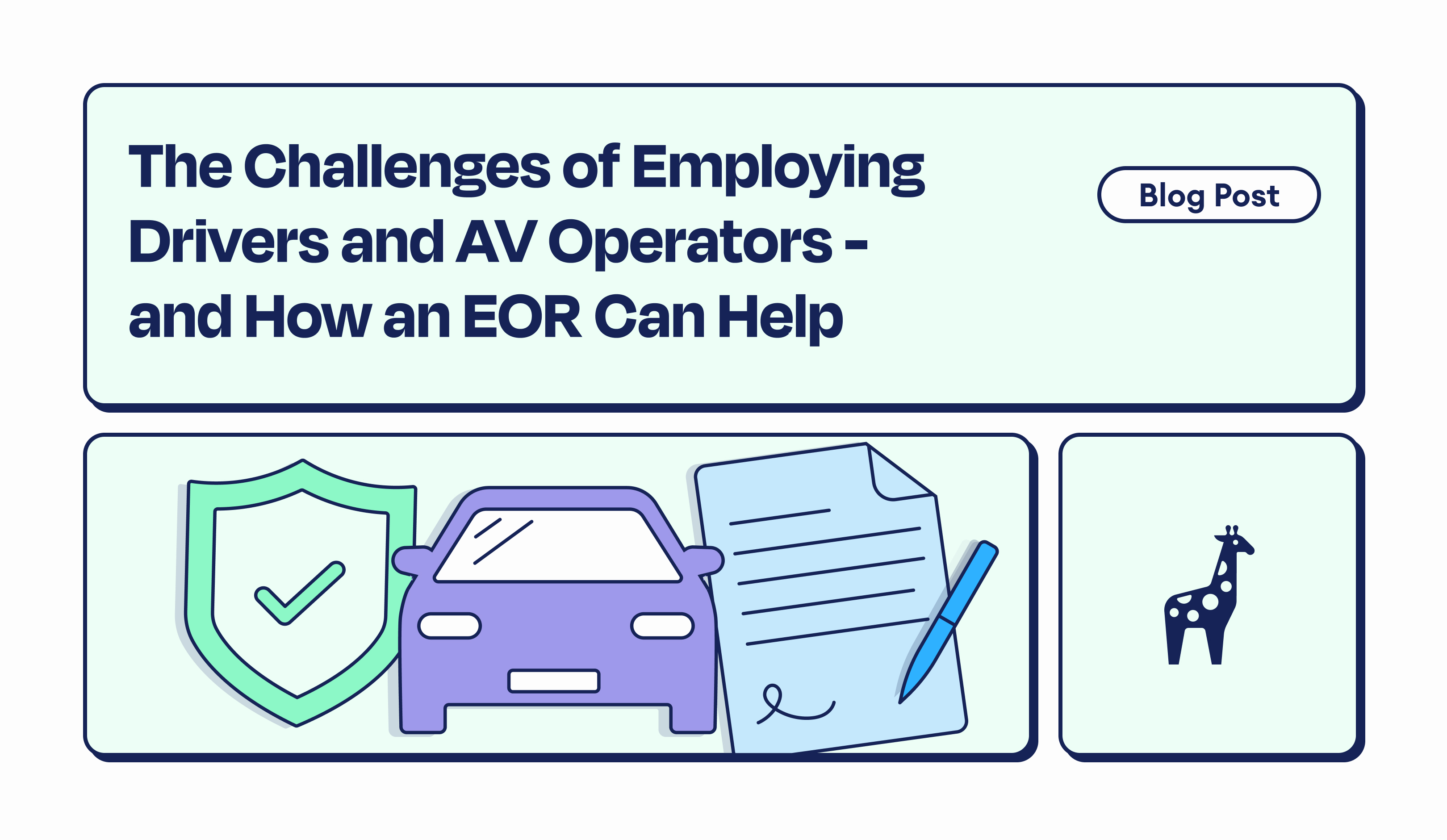In this guide, we’ll walk through what “EOR compliance” means in the U.S., key legal pitfalls, best practices, and how HireArt can help ensure you stay on the right side of the law.

When expanding your workforce across U.S. states or hiring remote employees in different jurisdictions, one of the most critical challenges is EOR compliance.
In this guide, we’ll walk through what “EOR compliance” means in the U.S., key legal pitfalls, best practices, and how HireArt can help ensure you stay on the right side of the law.
“EOR compliance” refers to the legal, regulatory, and administrative obligations that must be met by an Employer of Record (EOR) and its client when employees are engaged under that arrangement.
An EOR is a third-party entity that becomes the legal employer of workers on behalf of another company, handling payroll, taxes, benefits, and compliance with labor laws, while the client retains day-to-day control of work, projects, and performance.
In the U.S., EOR compliance covers both federal and state regulations, which can vary widely by jurisdiction. Some of the core compliance domains include:
An EOR is expected to assume many of these responsibilities on behalf of the hiring company, but clarity regarding responsibility allocation is crucial.
1. Complexity across states. U.S. federal laws set minimum standards, but states and even localities can impose stricter requirements. For example, states may mandate additional leave, unique pay frequency rules, or overtime thresholds more generous than the federal standard.
2. Worker misclassification risk. Misclassifying a worker as an independent contractor instead of an employee can lead to back taxes, penalties, and lawsuits. An EOR should help guide proper classification.
3. Liability and risk mitigation. If an EOR is truly acting as the legal employer, it can protect the client from certain compliance risks, shifting the burden of regulatory responsibility.
4. Scalability and speed. When entering new states or hiring in places where your company doesn’t already have a legal entity, leveraging an EOR with compliance infrastructure helps you scale faster while mitigating legal risk.
Under federal law, all U.S. employees must complete Form I-9 to verify identity and eligibility to work. Some employers (e.g. federal contractors) or states may also require use of E-Verify. An EOR must maintain properly completed I-9 records and comply with audit requests.
The Fair Labor Standards Act (FLSA) is the baseline, but many states have higher minimum wages or stricter overtime triggers. EORs must ensure that pay, overtime, record keeping, and break/rest rules comply with applicable state law.
An EOR must withhold and remit federal income tax, Social Security, Medicare, and relevant state and local taxes. It must file quarterly and annual returns (e.g. Form 941, Form W-2s) and handle unemployment insurance contributions.
Each state has unique workers’ compensation and unemployment insurance systems. The EOR must register appropriately, pay premiums, and manage claims in compliance with state regulations.
Federal laws like FMLA and ADA apply, and states may have additional leave laws (e.g. paid sick leave, paid family leave). EORs must integrate these into benefits administration and ensure employee rights are honored.
EOR compliance also extends to lawful termination, final pay deadlines, severance (where required), and any mandated notices (e.g. WARN Act). Some states demand immediate payment of all wages owed at termination.
Even with an EOR, not all compliance tasks can or should be handed off. Clear delineation matters.
Best practices include: regular audits of compliance protocols, updating contracts when laws change, employing legal counsel in key states, and choosing an EOR with strong compliance track record.
t HireArt, we believe compliance isn’t just about risk mitigation—it’s about trust. A compliant, W-2 employment experience helps workers feel valued, supported, and secure. When compliance works well, it actually improves worker satisfaction, retention, and performance.
Here’s how:
Unlike 1099 arrangements, W-2 employment ensures workers receive steady paychecks, tax withholdings handled on their behalf, and eligibility for benefits such as health insurance, PTO, and retirement plans. This creates real security for professionals working on long-term projects—a theme we’ve discussed in our article “Why Compliance Is the Foundation of a Better Contractor Experience.”
From overtime pay to paid sick leave, compliant employment ensures workers are fairly compensated and protected under law. Creating predictable processes and consistent policies make workers feel safe and respected. This is the secret key to building engagement across contingent teams.
Compliance brings parity between contract and full-time workers. It eliminates gray areas that often lead to unequal treatment in pay or opportunity. By using an EOR like HireArt that adheres to strict wage-and-hour and anti-discrimination standards, companies demonstrate their commitment to fairness and inclusion.
A consistent employment experience—regardless of where workers are based—helps teams feel unified.
Finally, compliance can actually elevate your brand. Workers talk, and reputation spreads. When contractors know they’ll be paid accurately, receive clear documentation, and access the benefits they deserve, your company becomes an employer of choice—especially in the competitive AI, tech, and professional contracting markets HireArt serves.
At HireArt, we understand that compliance is foundational for any scalable workforce solution. Our approach to EOR compliance includes:
EOR compliance in the U.S. is complex — and noncompliance can be costly in fines, reputational damage, or litigation.
With HireArt as your EOR partner, you can expand or maintain a distributed U.S. workforce with confidence, knowing your compliance obligations are managed.


Hiring autonomous vehicle operators isn’t simple. DOT and FMCSA rules make compliance complex. HireArt can help streamline onboarding, renewals, and verifications so your AV workforce stays safe and road-ready.